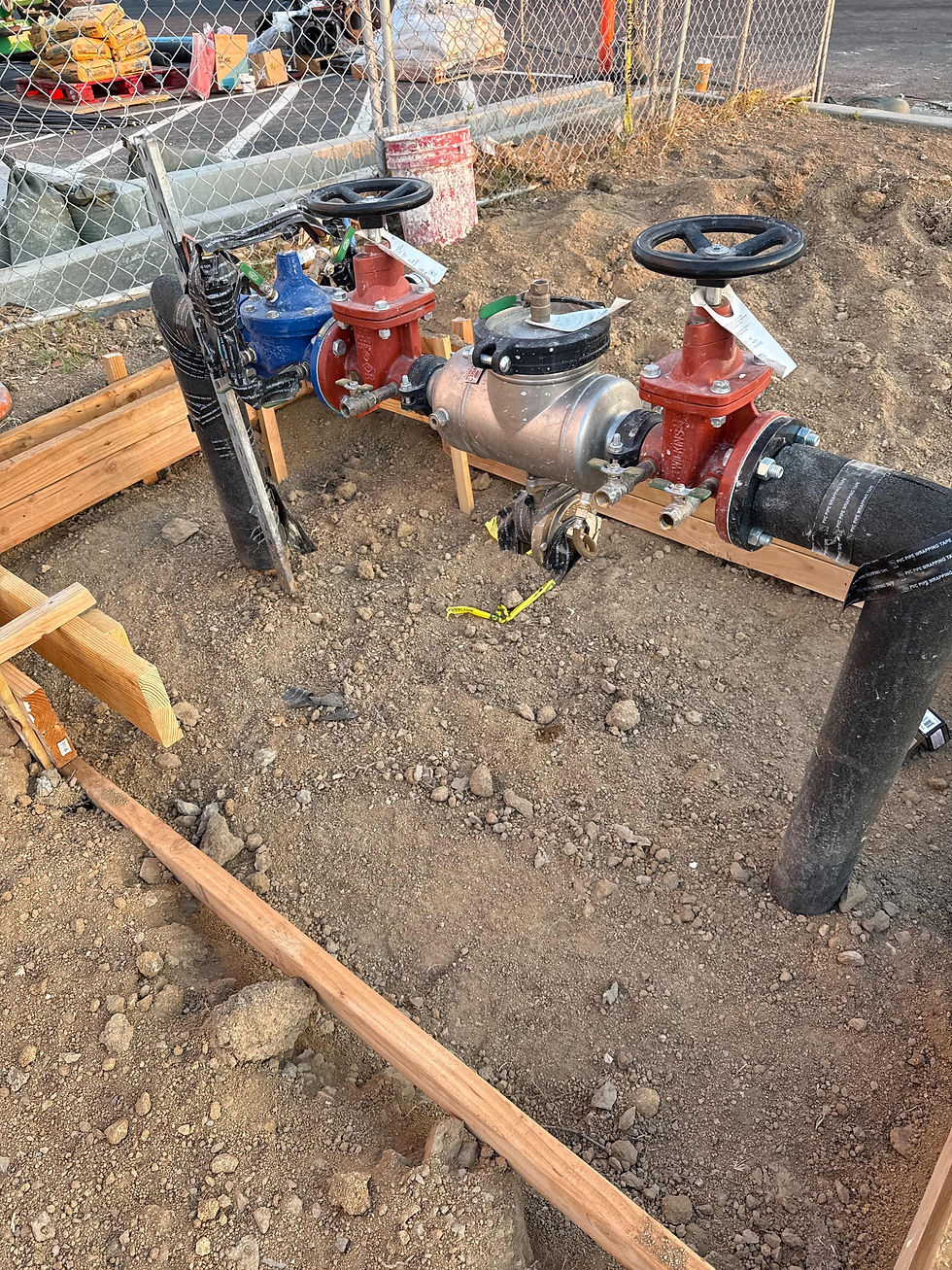Unraveling the Mystery of Backflow Prevention Containment:
- bill57931
- Jul 12, 2024
- 2 min read

Backflow prevention containment is a critical aspect of plumbing systems, designed to prevent contaminated water from flowing back into the drinking water supply.
However, many homeowners and businesses remain unaware of the importance of backflow prevention containment or how to implement it effectively. In this blog, we'll delve into the world of backflow prevention containment, exploring its definition, benefits, and best practices.
By the end of this article, you'll be equipped with the knowledge to ensure your plumbing system is protected from backflow contamination.
What is Backflow Prevention Containment?
Backflow prevention containment refers to the measures taken to prevent contaminated water from flowing back into the drinking water supply. This can occur when there is a sudden change in water pressure, such as during a fire or a natural disaster, which can cause water to flow backwards through the plumbing system.
Backflow prevention containment involves installing devices and systems that prevent contaminated water from entering the drinking water supply.
Benefits of Backflow Prevention Containment
Protection of Drinking Water Supply: Backflow prevention containment ensures that contaminated water does not enter the drinking water supply, protecting the health and safety of individuals who rely on the water supply.
Prevention of Property Damage: Backflow prevention containment can prevent property damage caused by contaminated water flowing back into the plumbing system.
Compliance with Regulations: Backflow prevention containment is a requirement in many jurisdictions, and failure to comply can result in fines and penalties.
Best Practices for Backflow Prevention Containment
Install Backflow Prevention Devices: Install backflow prevention devices, such as RPZ valves, DC valves, and pilot-operated valves, to prevent contaminated water from entering the drinking water supply.
Regular Maintenance: Regularly maintain and inspect backflow prevention devices to ensure they are functioning properly.
Train Personnel: Train personnel on the importance of backflow prevention containment and the proper use of backflow prevention devices.
Monitor Water Quality: Monitor water quality to detect any signs of contamination.
New Ideas and AdviceHere are some new ideas and advice not mentioned previously mentioned:
Consider the Type of Contamination: Consider the type of contamination that may occur in your area and install backflow prevention devices accordingly.
Install Multiple Devices: Install multiple backflow prevention devices to ensure that contaminated water is prevented from entering the drinking water supply.
Use Advanced Technologies: Use advanced technologies, such as smart valves and sensors, to monitor and control backflow prevention devices.
Conclusion: Backflow prevention containment is a critical aspect of plumbing systems, designed to prevent contaminated water from flowing back into the drinking water supply. By implementing the best practices mentioned above, you can ensure that your plumbing system is protected from backflow contamination and comply with regulations.
Remember to consider the type of contamination that may occur in your area, install multiple devices, and use advanced technologies to monitor and control backflow prevention devices. By doing so, you can ensure the health and safety of individuals who rely on the water supply.







Comments